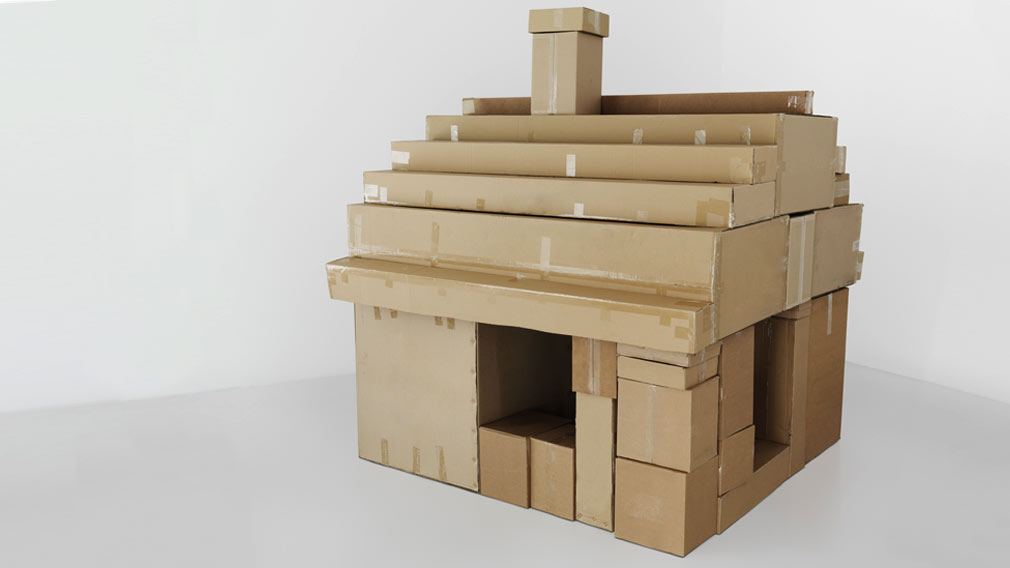New year, new speak – time for ‘innovation’ 2.0?

Westpac's head of innovation services Kate Cooper says even low fidelity prototypes can provide a rapid, cheap way to help others visualise ideas. (Getty Images)
If I had the choice, I’d dispense with the word “innovation” in the term “business innovation”. It’s become jargony and sets up a very unhelpful “us and them” mentality, leading to what I call innovation snobbery.
I’ve even thought about getting rid of the word innovation in my title at Westpac.
Back when I was thinking about who my next employer might be – I’d merged my own corporate strategy business, Bloom, and was moving back to Australia from the UK – I knew I wouldn’t work for anyone where innovation was a vanity project and where innovation snobbery ruled.
For any business to be successful it has to be able to change, and change is not about shiny new things or people who are technologically in the know versus those who are not. It’s about real innovation and that has to be pitched at a level at which anyone – no matter who you are – can feel they engage with.
Diversity in the innovation process is critical; along with truly understanding your customer’s needs and experience.
Inside a business, generating that sort of inclusive feel can be something as tangible as using recycled paper to take away the corporatey, glossy feel and avoiding jargon.
I like to think of innovation as being on a spectrum. It is not the new toy in technology. In fact, technology is not innovation, but an enabler for innovation. Innovation is collaborative and requires real diversity of thought but at the centre of everything you do, is your customer and the question: How can I help them?
I’m no IT professional.
In fact my career began in the commercial side of publishing at Vogue Australia. But I know from the businesses I worked with when I was in the UK that exploring new growth highways means identifying customer opportunity – their need or problem – and understanding it, deeply.
I often get asked: how do I know if my customer has an issue or what they are? My simple answer is: ask them.
Of course, the questions you ask and how you ask them are critical to your success. In my experience you need to observe your customers’ pain points and frustrations by climbing into their shoes.
Maybe think about using messenger apps. They’re an inexpensive way to ask questions. You can get customers to send you a photo or a video of their problem. It’s immediate and visual. For example, when I worked with Toyota, we had customers send us visuals of where a bag wouldn’t fit or a pram would not close to store, or spills on fabric and issues around “cleanability”. Toyota was then able to experiment with low-cost fixes before building them into the design pipeline.
Don’t wait for a solution to be perfect. Develop ideas, which should be free to come from anywhere including your customers. Test these ideas with customers. “Iterations”, as they are called in jargon, help you reach a version that answers the need. Those iterations can also provide answers to other needs in your own, or another’s area of business, and they often uncover more about the issue that needs analysing and fixing. Spend the time working with real customer input at this early and relatively inexpensive stage, it will save you a whole lot of heartache.
My advice is to use low fidelity prototypes. A cardboard and pipe cleaner solution is a rapid, cheap way to help people visualise the idea and its possible solutions. Tangible things you can hold generate acceptance, which is important with innovation because change can be difficult to accept and understand. These prototypes allow you to pivot and change direction, if necessary, as you uncover the real needs and possible solutions of a customer opportunity.
A cheap prototype allows you to change and relinquish the idea if it’s not doing the job. Don’t fix on one idea too early – it can mean you progress it too far, which makes it expensive to dump if it isn’t working, further wedding you to the idea.
For innovation not to become a vanity project, you must bridge the gap between vision and execution. Bridging the gap needs support from the business and that means developing the capability of stakeholders by investing in skills uplift, developing communication channels around innovation and increasing workplace flexibility.
Be really clear about the strategic, core direction of your company. Use that core – your focus on your customer need and how you are meeting that need – as your guiding light. Explore the areas around it but keep it customer-centric and remember partnerships are the key to unlocking potential.
If you want to read more on how to innovate, I recommend Jeremiah Owyang; Jamie Notter; Ideo and Brian Solis.



